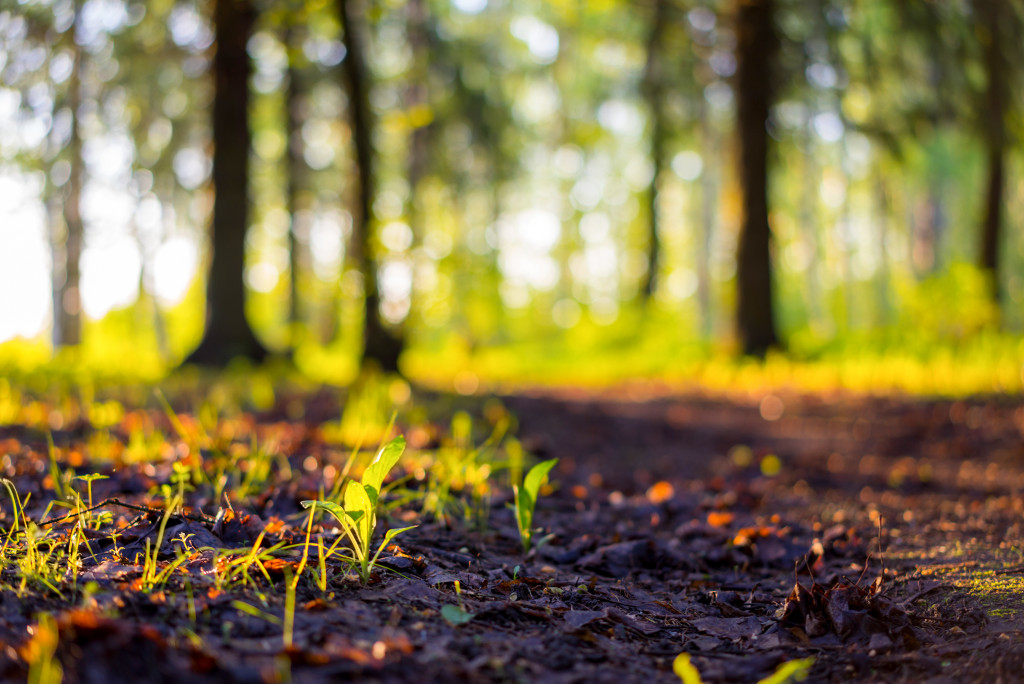No matter how well a construction project is planned, there’s always the potential for soil erosion. This can cause significant damage to both the environment and the budget, so it’s essential to prevent it from happening. This blog post will give you ten tips for preventing erosion during construction. But first, let’s take a look at why erosion happens and how it can affect your construction project.
Why Does Erosion Happen During Construction?
There are several reasons why erosion can happen during construction. One of the most common is poorly managed stormwater runoff. When rain falls on a construction site, it can pick up debris and carry it away with water flow. This can erode the soil around the site and wash away any vegetation that’s been disturbed.
Other potential causes of erosion during construction include:
- Using heavy machinery like bulldozers and backhoes can cause soil compaction, reducing its ability to absorb water or support plant life.
- Digging trenches and other excavations that can expose bare earth to the elements.
- Building roads and other structures may disturb natural vegetation or change the local water drainage pattern.
All of these activities can lead to soil erosion, so it’s essential to take steps to prevent it.
Ten Steps to Prevent Erosion During Construction
While erosion might not be a significant concern on small construction projects, it’s still important to take steps to minimize its impact. Here are ten tips for preventing erosion during construction:
1. Project Site Selection
When selecting a site for your construction project, be sure to consider the potential for erosion. Sites prone to flooding or have steep slopes are more likely to experience erosion. If possible, choose a site that is less susceptible to these hazards.
2. Soil Testing
Before starting any construction activities, have the soil on the site tested. This will give you an idea of its composition and how well it will hold up to erosion. The soil testing results will help you determine what steps need to be taken to prevent erosion.
3. Soil stabilization
There are several ways to stabilize the soil on a construction site. One common method is hydorseeding, which is the process of adding a water-based seed mix to the soil. This helps bind the soil particles together and prevents them from being washed away by water.
4. Use of Erosion Control Matting
Erosion control matting is a fabric made of geotextile materials that can be used to prevent soil erosion. It is placed over the soil to help hold it in place and can be used in conjunction with other erosion control methods.
5. Vegetation

Where possible, use native vegetation to help stabilize the soil on your construction site. This can include trees, shrubs, and grasses that are well-adapted to the local environmental conditions.
6. Fencing
Fencing can help prevent erosion on a construction site by keeping people and animals away from the vulnerable soil. It can also help to direct water flow away from the site. It is a great idea to install fencing around the site’s perimeter to provide maximum protection.
7. Construction Techniques
Certain construction techniques can help to prevent erosion. For example, using terracing on slopes can help to slow down water flow and prevent the soil from being washed away.
8. Use of Erosion Control Devices
There are a variety of devices used to prevent erosion on a construction site. These include gabions, which are wire cages filled with rocks, and sedimentation basins designed to catch and retain sediment-laden water before it flows away from the site.
9. Proper Maintenance
It’s essential to pay attention to any erosion control measures that have been installed on your construction site and perform regular maintenance as needed. Proper Maintenance might include checking drainage ditches, repairing fencing, or installing additional erosion control devices if necessary.
10. Recordkeeping
It’s a good idea to keep records of the erosion control measures that have been put in place on your construction site. This information can be helpful if you need to apply for a permit or if there are any future problems with erosion.
By following these tips, you can help to prevent erosion on your construction site. These measures will not only protect the surrounding environment but can also help to minimize costly damage from erosion. Construction activities can cause significant soil erosion if not correctly managed. Activities such as heavy machinery use, excavation, and waste disposal can all lead to soil washing away and carrying sediment down into nearby rivers and streams. So use these tips to effectively manage erosion on your construction site and protect the surrounding environment.


